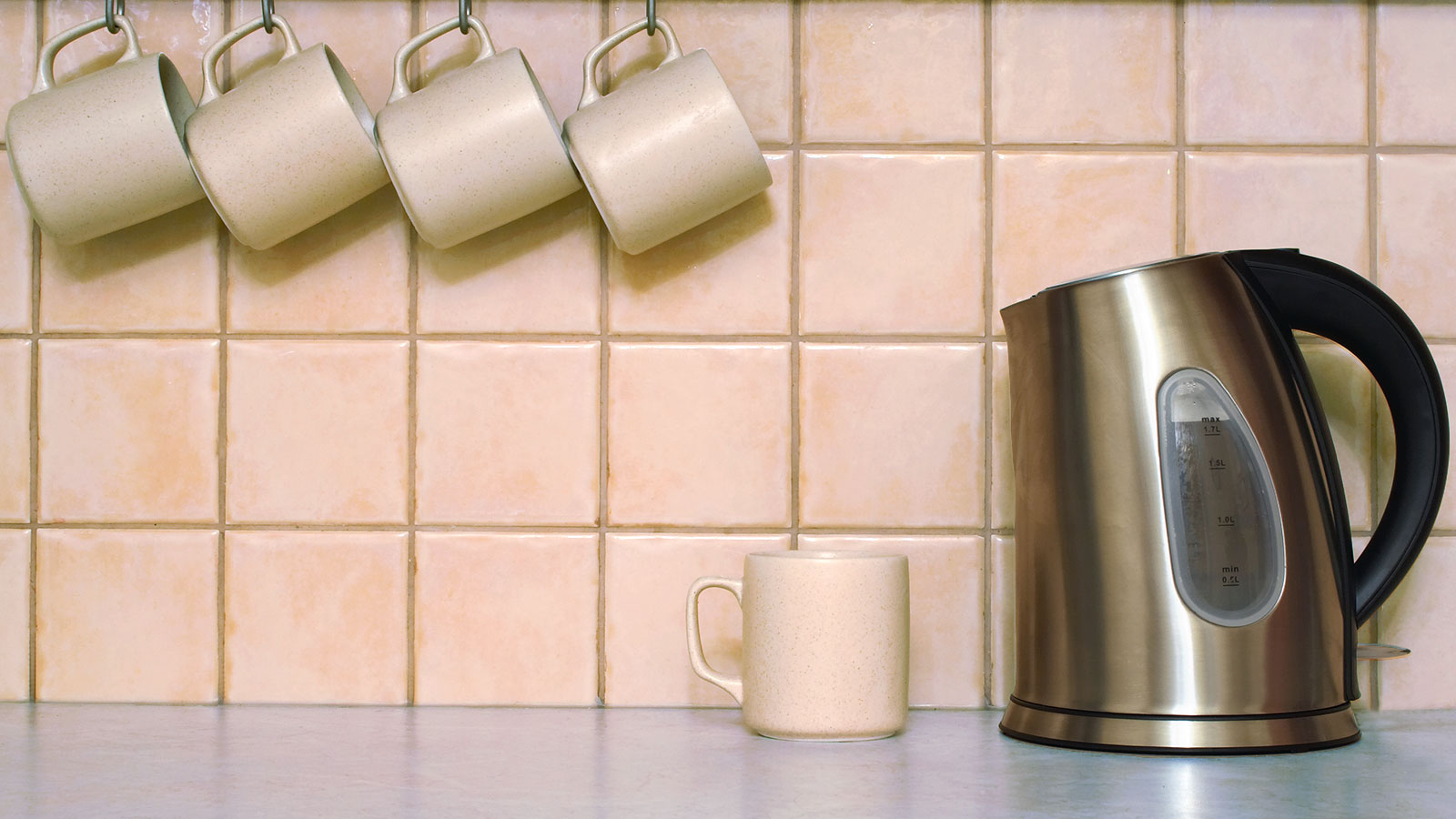Q. Dear Umbra,
I have a question from my new workplace. There is a horde of tea drinkers there (let’s say, wild guess, that 70 cups of tea are consumed each day). Currently, the office uses a retail electric teakettle. There is rampant over-boiling going on: If someone wants a cup, he/she boils a liter, and the rest sits there and cools down until someone else comes along and re-boils the water. How do we figure out if it’s more efficient to get some sort of commercial hot water dispenser (like one of these)?
Rachelle G.
Burlington, Vt.
A. Dearest Rachelle,
In addition to vacation time and health insurance, does your benefits package include a generous supply of fine tea? Are bonuses paid in oolong, chai, and English breakfast? I must say, what a lovely idea. I’m going to take it up with Grist management posthaste.
Whether or not your office’s rampant quaffing is company-sanctioned, we have an efficiency question at hand. We know electric teakettles are tops for home use, beating out microwaves and stovetops on the energy-use front because their heating element is in direct contact with the water to be heated. But does their dominance still stand when we’re talking about office needs that rival the scale of High Tea with the queen? Let’s turn to some cold math to solve the puzzle of this hot water.
According to this Department of Energy calculation, a 1,500-watt electric kettle uses 0.56 kWh of juice per week if you fire it up three times a day for a five-day workweek. That paltry amount would barely wet the whistles of your colleagues down at the office, so let’s bump that up to 70 boils per day — for a weekly total of just over 13 kWh.
In comparison, the very best point-of-use cold/hot water coolers on the Energy Star list use 0.1 kWh of power per day, or 0.5kWh per week — but that number applies only to “no water draw” or “standby” mode, or the electricity required to keep the machine humming if no one taps it. In the real world, you and your fellow worker bees would be fairly constantly drawing hot water, so the machine would have to keep refilling and reheating all the livelong day. This calculation from the Cleveland Museum of Natural History’s energy audit is probably more helpful to us: The cold/hot water cooler at the museum, which has a staff of about 40 people, uses 727 kWh per year, or 13.98 kWh per week. It’s not a huge difference compared to our 13 kWh tea-kettle, and performance will vary depending on which model of kettle or cooler you have, but it looks like we can lift a pinky finger and drink to the kettle.
However! That assumes those are our only two options. You might find a few other gadgets even more soothing, Rachelle, so let’s take a look before we polish off our last scone. For one, there’s the instant hot water dispenser, an extra faucet installed at the sink and connected to a small water tank that keeps water piping hot and ready to steep your leaves. One brand says their dispensers use 0.021 kWh of energy per 8-ounce cup of hot water, which works out to 1.47 kWh per day at your 70-cup pace and 7.35 kWh per week. Even with the additional standby energy such a unit would draw, it’s still probably a better bet than the kettle or the cooler.
And then there are on-demand hot water dispensers, which might be the best bet of all. These little appliances heat water only as needed, yet do it quickly — this model claims to deliver a tea-ready cuppa in nine seconds. Because there’s no need to sustain a reserve supply of steaming water at the ready, as instant hot water dispensers do, on-demand dispensers use even less energy. And they tend to be a lot cheaper than the large water cooler models, a fact you might point out to your superiors over a steaming cup of Earl Grey — especially if you’re angling for Employee of the Month.
One more nice thing about these last two alternatives is they fill one mug at a time, eliminating all that wasteful over-boiling. But if your office decides to stick with the electric teakettle, you can make it a lot more efficient by nipping that over-boiling habit in the bud. How about posting a friendly reminder next to the kettle, Rachelle? Something along the lines of, “Please help save energy and heat only as much water as you need!” Or you could organize tea breaks, so groups can heat a kettleful at a time and fill several mugs at once with no waste. Come to think of it, I’m going to add that to my list of demands — er, polite requests — for the Grist powers that be. We could all use a few more collective tea breaks in this crazy, mixed-up world.
Tisanely,
Umbra



